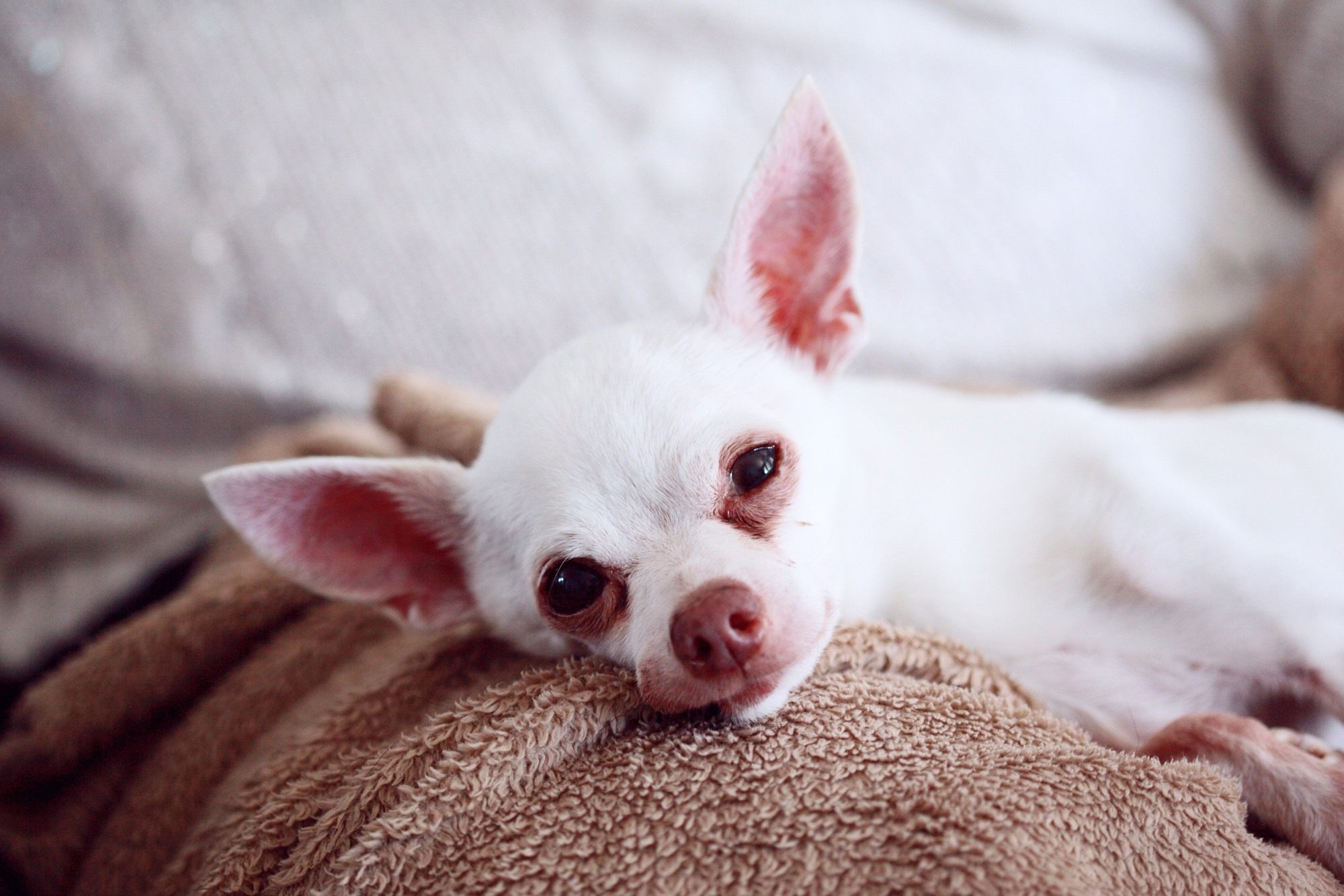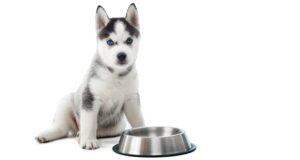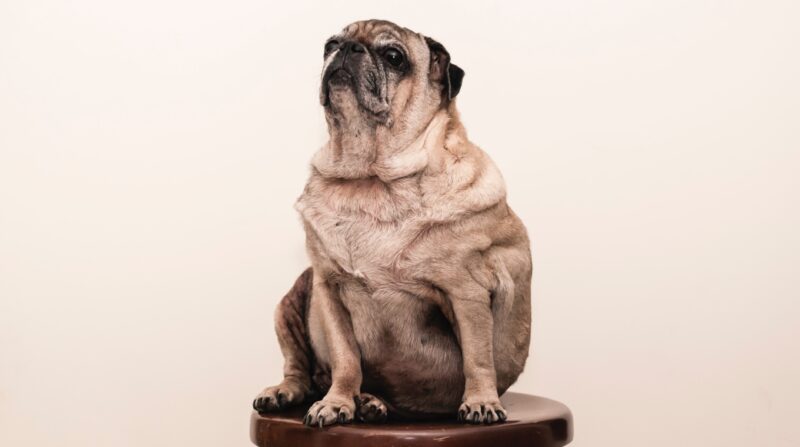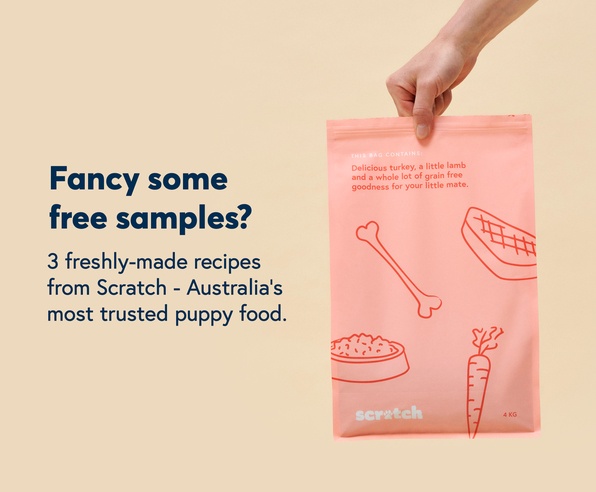While an overweight dog is pretty easy to spot, it can be trickier to tell if a dog is underweight. Different breeds and body shapes carry fat differently, and animals’ weight can fluctuate over their lives. But it’s important to keep an eye out for, and address, sudden or unexplained weight loss as it can be a sign of other health issues.
How to Tell If Your Dog Is Underweight?
Check Their Ribs
For most breeds, a healthy weight means you’re able to feel their ribs under a light layer of fat. Although, the bones shouldn’t be overly prominent or visibly sticking out. If your dog is underweight you might feel that the area is all skin and bone (with no noticeable tissue).
Check the Base of Their Tail
Feel the base of their tail for protruding bones. As with the ribs, the area should be soft and cushiony without visible protrusions.
Check Their Shoulders and Spine
Once again you should be able to feel the bones here under a light layer of fat. If there is no tissue or they’re starkly protruding they could be too thin.
Take a Bird’s Eye View
Stand over your dog to check their outline from above. While you want there to be a visible waist, it shouldn’t be extreme and their spine, ribs, and hip bones shouldn’t be visible.
Take a Bird’s Eye View
Their tummy should be even with their ribcage, rather than sharply rise up between the hips and ribs. Although, remember this can be subjective depending on breeds. For example, a sharp rise can be natural in a greyhound.
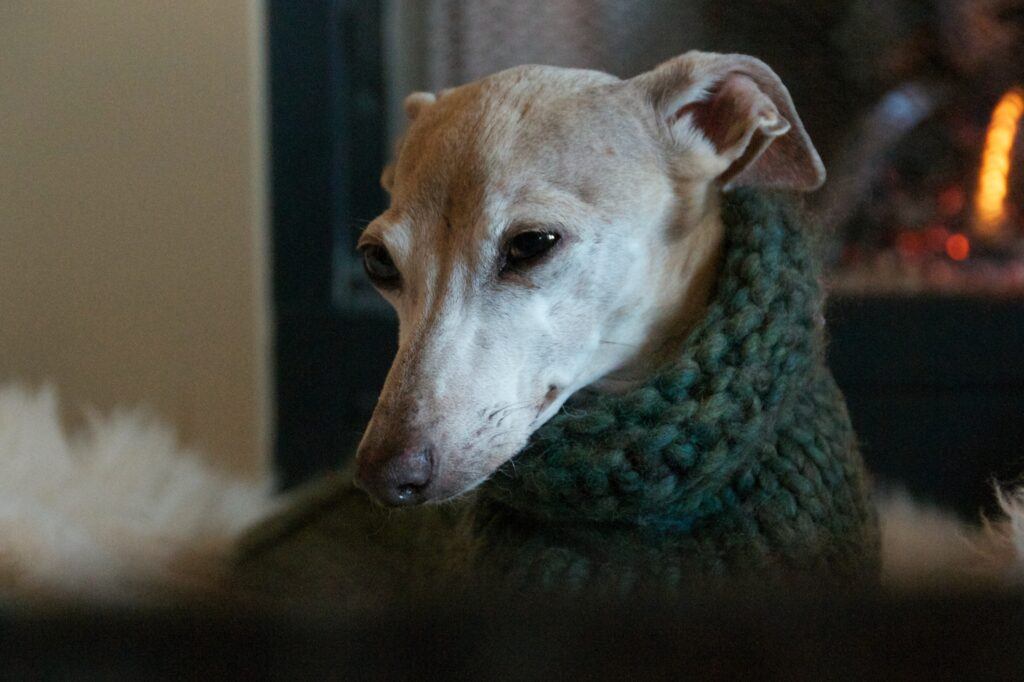
Why Your Dog Is Underweight
Before addressing their weight, it’s important to think about why your dog is looking skinny. Some animals are fussy eaters or just not food motivated (more on that below). But low weight can also be an indicator of something more serious.
If your dog’s weight doesn’t seem food related, it’s important to chat to your vet. They can check if this is a symptom of a larger health issue such as thyroid problems, diabetes, or parasites. It’s also important to have your pet’s teeth examined. They may be hungry but struggling with pain or chewing.
Also, consider their mental health. Like people, dogs experience stress, anxiety, and depression which can cause them to lose interest in their dinner. There are lots of ways to manage this that extend beyond what they’re eating. Once again, chat to your vet.
Finally, remember their birthday. It’s not uncommon for a dog’s appetite to change and reduce as they get older. This could be because they’re literally moving less so not burning as much energy, or they could be struggling with digestion. Either way, it’s worth chatting to your vet (again) about their changing needs. They could require a new feeding plan with different nutritional considerations.
How to Get Your Dog to Gain Weight
Use a Feeding Calculator
If your dog is underweight the first action is often to check they’re eating enough of the right kind of food. A feeding calculator can let you know how many calories they should be consuming for their age, breed, and activity level.
Increase (Good) Calories
Dog foods brands vary a lot when it comes to nutritional value, so you should be thinking about more than just the number of calories per serve. Think of your diet: you don’t want to hit enough calories through junk, you want a balanced and varied selection of proteins, carbs, fats, and micronutrients.
Some good ways to do this is to focus on healthy oils like salmon and coconut that are high in Omega 3 and 6, as well as DHA to support brain development and healthy fur. Just be aware that it’s not a more is better situation: overdoing it on fats and oils can cause other issues. Consider feeding them a premade product from a high quality, nutritionally complete brand that develops their recipes with dog nutritional specialists.
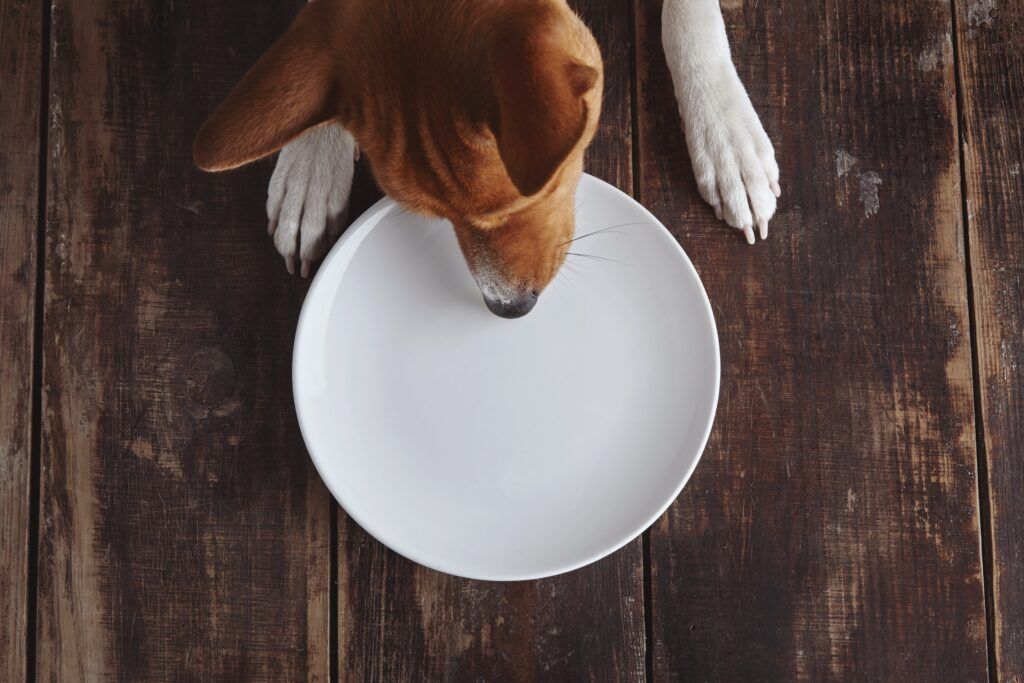
Mix up Their Routine
A dog’s appetite might not always coincide with dinner time. Try giving them several smaller meals across the day or free feeding (leaving food out for them to eat at their own leisure). Usually free feeding isn’t ideal as it can lead to overeating, but if your dog is underweight, and that’s not a concern, it can be a good way to ensure there’s food available if temptation strikes.
Tempt Them
Switching up their regular food might not be enough to get them excited about eating more. Try a new (well balanced) brand or recipe, add fun “toppers” like yogurt or fresh meat to their meal, or simply be more generous with the (healthy) snacks.
Helping your dog gain weight can mean breaking good habits you’ve learned (limiting snacks, regular feeding times etc). That’s ok if you’re working to get them back to a healthy size. Just make sure you don’t let the habits become permanent once they’re feeling better. In which case, you might need to head over here.
For more on healthy weight, food, and feeding:
How to Tell If Your Dog Is Overweight
How to Help Your Dog Lose Weight
How to Choose the Best Dry Dog Food

